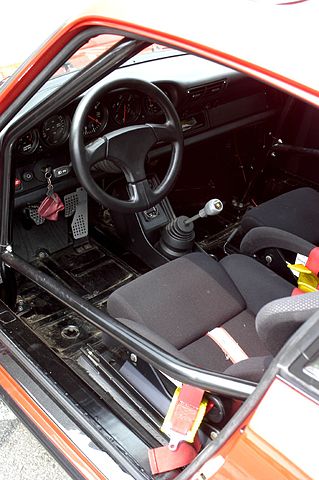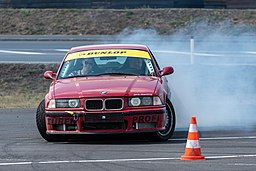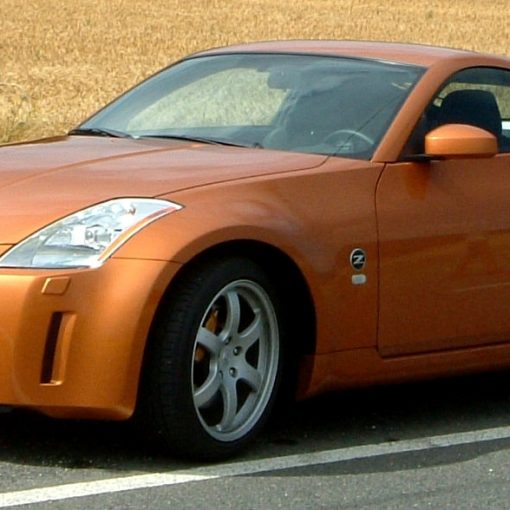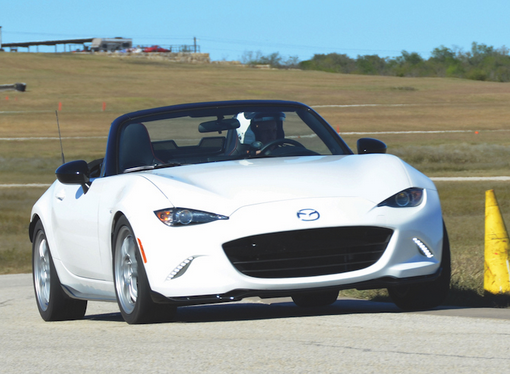You have decided to build a tracktool and considered a number of things. Chances are that by now you have a solid picture of what your requirements are. You probably also have an idea of which car you want, but here are a few points that might help you in making a choice.
Cost
Cost is an important factor for most of us. The following costs need to be taken into account:
- Initial purchase of the car
- Upgrades for track use
- Running costs such as taxes, insurance, maintenance, tyres, and fuel.
Do not underestimate the importance of the last bullet point. Running costs can easily exceed the purchase cost of the car by a significant amount, especially when you buy a cheap old car that requires major repairs to be reliable and trackworthy. It can be smarter to invest a bit more in a well-maintained and recently serviced car. Parts cost also differ from car to car, with common home-grown cars usually having lower prices than imports.
The amount of work and money required for upgrading the car depends very much on the car itself and your desires. Brakes and tyres are the most important issues. Tyre costs depend mostly on the commonality of the tire size, so choosing a car with a common tire size will help here.
Fun factor
Ultimately, the goal of a tracktool is having fun on a race track. In my opinion the main ingredients here are:
- power-to-weight ratio
- handling characteristics
- reliability
The power-to-weight ratio determines the acceleration capabilities of a car. There are two ways to improve it: with a more more powerful engine, or a lighter car. I would say that a ratio of better dan 10 kg per horsepower is a minimum requirement for a fun track car. 7 kg/hp is considerably sportier and something that I would aim for. Even lower ratings may come at a higher cost and may be too much to handle for an inexperienced driver, but will be desirable for someone with more experience.
The handling characteristics determine how well a car corners and how it behaves during weight transfer. Is there understeer or oversteer? Is it predictable at the limit? How well does it react to steering input? Does it have sufficient traction? Important factors here are weight, weight distribution, suspension, tyres, and car layout (where is the engine, which axles are powered). Lighter cars are generally more nimble. Cars with more weight on the front wheels are more prone to understeer. Good suspension and tyres will allow higher cornering speeds, but may be more unpredictable at the limit. Rear-wheel drive cars are usually considered more fun as they usually have more traction, better weight distribution, and better steering characteristics (and they can be used for drifting), but front-wheel drive cars are more common and often lighter. All-wheel-drive offers even more traction, but is heavier.
Reliability is important. A car that constantly breaks down on the track is no fun. Reliability also means that the cooling system (engine, gearbox, and differential) can cope with the higher demands on the track and that the brakes are resistant to fading during heavy track use.
Recommendations
It is difficult to give an exact recommendation of which car to buy as tracktool. It comes down to budget as well as personal preference. Some may find rear-wheel drive indispensable, whereas other find a lightweight car most important. I would always choose a car without sunroof (lots of weight high up and had to be removed for some racing classes), and get the most powerful engine that was available in a certain model – getting more power out of a lower-spec engine is going to cost you more than getting the more powerful car right away.
Nevertheless, some suggestions:
Rear-wheel drive
- BMW 3 series (E30, E36, E46, E9x)
- Mazda MX-5 Miata
- Nissan 350Z
- Porsche Boxster
- Toyota GT86/Subaru BRZ
- Lotus Elise
- Porsche 911 (996)
Front-wheel drive
- Peugeot 206 GTI
- Renault Clio RS
- Mini Cooper S
- Ford Fiesta ST
- Ford Focus ST
- Honda Civic Type-R
- VW Golf GTI
All-wheel drive
- Subaru Impreza




